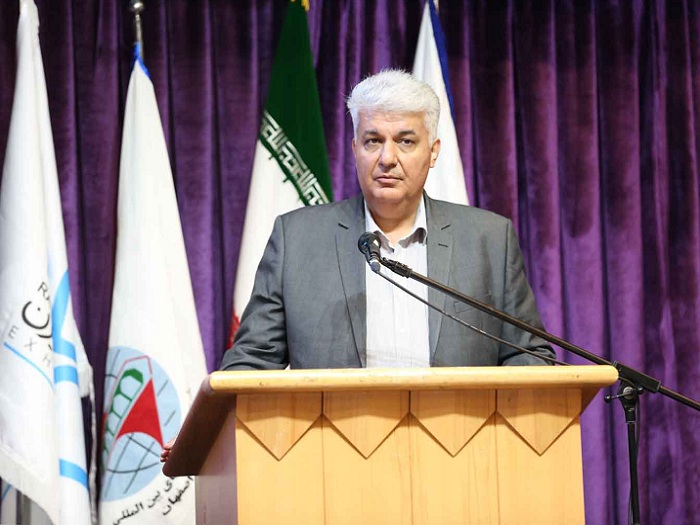The stagnation of the building deactivated some of the mines

Head of Decorative Stones Department of the Ministry of Industry, Mining and Commerce: Due to problems in the construction industry, some of the country's quarries have been deactivated.
According to Iran's International Stone Exhibition, Mohsen Glijani, head of the Department of Decorative Stones at the Ministry of Industry, Mining and Commerce ahead of the inauguration of the 9th Iranian Stone Industry Exhibition at a conference attended by Ismaili, head of the country's engineering system, Shafiei, chairman of the Association of Stone and Sharifi Sajjadi, the governor of Mahallat and other provincial authorities, held a briefing detailing the current state of the stone industry and the measures taken by the Ministry of Industry, Mining and Trade.
He pointed out that there are one thousand nine hundred ore mines in the country and due to the problems and stagnation of the construction industry, production and export are active in one hundred and sixty-five mines and the rest have been disabled. And there are five hundred processing units in the country, with a mining capacity of two hundred and seven million tons.
Glijani said production of stone crops in the country was 14 million tonnes, up from 16 million last year. He said that due to the stagnation of the construction industry last year, production of cut stone has reached 80 million while at In the past years it has been 155 million square meters.
He said exports of ornaments last year amounted to 700,000 tonnes, with imports reaching 50,000 tonnes.
Head of the Department of Decorative Stones in the Ministry of Industry, Mining and Commerce, pointing out that the export of stone is low compared to production, said: "Given the planned arrangements and the formation of the National Stone Industry Policy Council, we are trying to address all the weaknesses and Gather the strength of the industry's stone and follow the current state of the-art 1404 solutions and programs.
He said: The overall complication has been done on industries and is defined based on the results of the executive programs. In the discussion of education as a human pyramid from top to bottom needs assessment will be conducted and in cooperation with the organization of small industries the necessary training courses will be held.
Noting that the need assessment has not yet been carried out in many of the country's major industries, Glijani said, but in the stone industry, the move was followed; he cited renovation and reconstruction of production lines as other measures taken by the ministry, saying: Credit has been taken into account in this regard, and provincial needs are also being collected to implement renewal appropriations after collection.
He emphasized on the identification and development of export target markets, stating that in international exhibitions the use of stone is followed by decorative and high value added and we should move towards reducing production costs.
Head of the Department of Decorative Stones at the Ministry of Industry, Mining and Commerce said: "The factory is seeking to make this industry accessible to global markets through exhibitions and we hope that with the presence of a private sector representative in the country's stone industry policy council, we can tackle the problems we face today." It is up to the industry to expand our export market.
* ISNA










